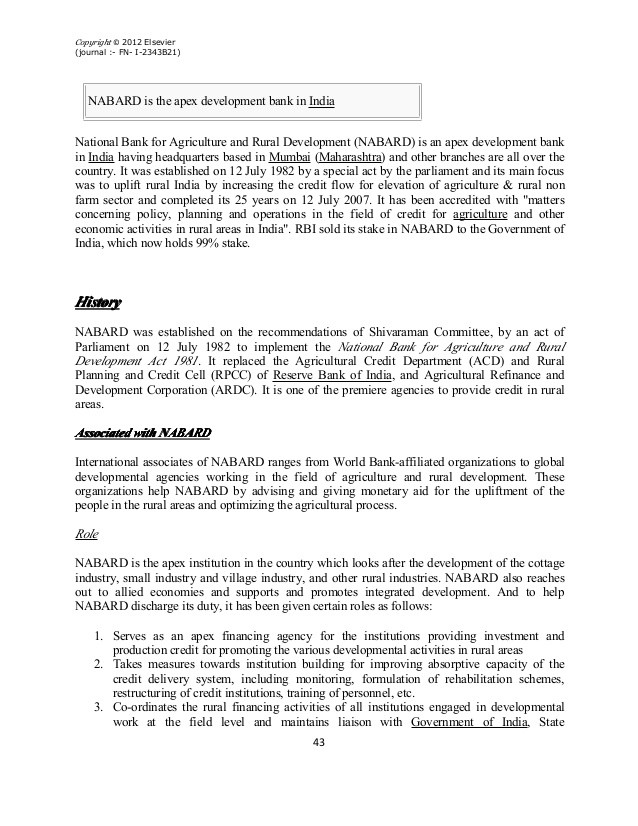Ultimate Guide To Agricultural ETFs Agriculture ETF Investing 101
Post on: 23 Апрель, 2015 No Comment

Following the massive injections into capital markets in recent years, inflation has become a major concern of many investors, and the quest to uncover assets that offer portfolio protection against a potential uptick in the CPI has taken on many forms. While inflation-protected bonds are the instrument of choice for some, others have turned their attention to commodities. hoping that the addition of hard assets to a portfolio will reduce overall volatility and provide a hedge against inflation [see Free Report: Everything You Need To Know About Commodity ETFs ].
Most investors seeking exposure to commodities as protection against inflation focus on gold and oil. two resources that have historically increased in value as inflation rises. But in recent years agricultural commodities have become increasingly popular choices, as increases in population and the scarcity of land create a compelling case for investment. Moreover, because these resources account for a significant portion of most household budgets, investments in agriculture hedge exposure to an unexpected jump in prices. When inflation kicks in, food prices are often among the first to rise, making an investment in agriculture attractive to those worried that a wave of significant inflation is inevitable [see Commodity Guru ETFdb Portfolio ].
Price Drivers

The prices of agricultural commodities are often viable, and can be impacted by a number of factors:
- Global Population Growth: As the world’s population continues to grow and farm land becomes more valuable, demand for agricultural commodities is expected to continue to rise slowly. Major demographic shifts could have a large impact on prices of certain commodities.
- Technological Developments: The rise of the ethanol industry highlights the impact that technological advances can have on commodity prices. As biofuel production ramped up, demand for corn skyrocketed, sending the prices of many agriculture prices higher. To the extent that new technologies compete for resources with traditional buyers (such as consumers), agricultural commodity prices could be impacted.
- Weather Anomalies. Severe weather conditions, including hurricanes/tsunamis and droughts, can have a major impact on short-term agricultural commodity prices. Since production of certain commodities tends to be relatively concentrated (i.e. wheat and corn in the midwest, cattle in Texas and Oklahoma), the impact of severe weather patterns can be particularly disruptive.














